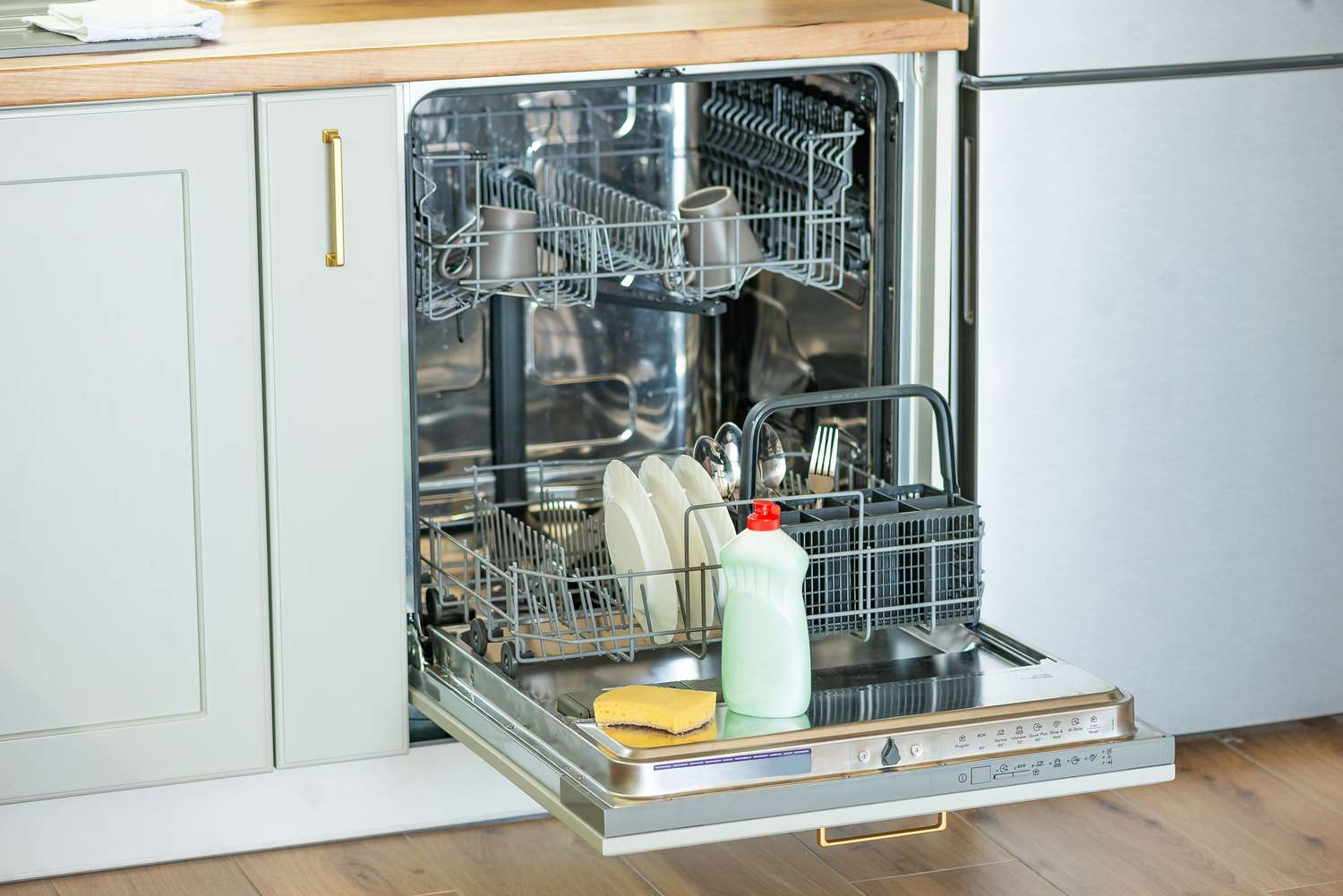

Articles
How Do I Clean The Dishwasher
Modified: January 6, 2024
Learn how to clean your dishwasher effectively with our informative articles. Discover the best practices and keep your dishwasher running smoothly.
(Many of the links in this article redirect to a specific reviewed product. Your purchase of these products through affiliate links helps to generate commission for Storables.com, at no extra cost. Learn more)
Introduction
Your dishwasher is an essential kitchen appliance that helps you keep your dishes clean and sanitized effortlessly. Over time, however, food particles, grease, and mineral deposits can build up in your dishwasher, leading to unpleasant odors, stains, and inefficient performance. This is why regular maintenance and cleaning of your dishwasher are crucial to ensure its optimal functioning and longevity.
In this article, we will guide you through the process of cleaning your dishwasher, step-by-step. We will cover everything from preparatory measures to deep cleaning techniques, as well as tips for maintaining a clean dishwasher in the long run.
By following these guidelines, you can say goodbye to icky odors, stubborn stains, and reduced cleaning power, and hello to a fresh, efficient, and reliable dishwasher.
Key Takeaways:
- Regularly cleaning and maintaining your dishwasher is crucial for optimal performance, eliminating odors, and ensuring spotless dishes. Follow the step-by-step guide to keep your dishwasher in top shape.
- Incorporating simple maintenance habits, such as scraping off food residue and running hot water, can prolong your dishwasher’s lifespan and maintain efficient cleaning. Don’t overlook the importance of regular maintenance.
Read more: How Do I Clean A Mattress
Preparing for Cleaning
Before you start cleaning your dishwasher, it is essential to take a few preparatory steps to ensure a smooth and effective cleaning process.
- Gather Cleaning Supplies: First, gather all the necessary cleaning supplies. You will need dish soap, white vinegar, baking soda, a toothbrush or small brush, a soft cloth, and a cleaning rag or sponge.
- Empty the Dishwasher: Remove all dishes, utensils, and any other items from the dishwasher. It’s important to start with an empty dishwasher to ensure thorough cleaning.
- Inspect the Drain: Check the dishwasher drain for any larger food particles that may be obstructing the drain. Remove any visible debris with a paper towel or cloth.
- Check the Spray Arms: Examine the spray arms for clogs or blockages. The spray arms are responsible for distributing water during the wash cycles. If you notice any built-up debris or mineral deposits on the spray arms, you will need to clean them later in the process.
- Remove and Soak Removable Parts: If your dishwasher has removable parts such as a utensil holder or filters, remove them and soak them in warm, soapy water. This will help remove any grime or buildup on these components.
- Clean the Exterior: Before diving into the interior cleaning, wipe down the exterior of the dishwasher with a soft cloth or sponge dampened with warm, soapy water. This will remove any visible dirt or stains from the outside of the appliance.
By completing these preparations, you can ensure a smooth and effective dishwasher cleaning process. Now that you have everything ready, let’s move on to removing debris and residue from the dishwasher.
Removing Debris and Residue
One of the first steps in cleaning your dishwasher is to remove any debris and residue that may have accumulated over time. This will help improve the overall performance of your dishwasher and prevent clogs or blockages.
- Wipe Down the Interior: Start by wiping down the interior walls, door, and bottom of the dishwasher with a damp cloth or sponge. Pay special attention to the edges and corners where stains and residue tend to accumulate. Use a gentle cleaning solution if needed.
- Clear the Drain: Next, check the drain for any remaining debris. Use a toothbrush or small brush to remove any buildup or clogs from the drain area. This will help ensure proper drainage and prevent funky odors.
- Clean the Spray Arms: As mentioned earlier, check the spray arms for any clogs or blockages. Remove the spray arms if possible and rinse them under warm water to dislodge any trapped debris. Use a small brush or toothpick to remove any stubborn buildup. Once clean, reattach the spray arms securely.
- Scrub the Racks: Scrub the dishwasher racks with warm, soapy water to remove any lingering food particles or residue. Use a soft brush or sponge to reach all the nooks and crannies. Rinse the racks thoroughly before placing them back in the dishwasher.
- Clear the Water Inlet Valve: Take a closer look at the water inlet valve where the water supply enters the dishwasher. If you notice any debris or mineral deposits, gently clean the valve with a toothbrush and vinegar or a descaling agent recommended by the manufacturer. This will ensure a steady flow of clean water into the dishwasher.
By removing debris and residue from the dishwasher, you can improve its efficiency and prevent potential issues. Now that the interior is clean, let’s move on to cleaning the exterior of the dishwasher.
Cleaning the Interior
Now that you’ve removed debris and residue from your dishwasher, it’s time to give the interior a thorough cleaning. This step will help remove any stains, odors, or buildup that may be affecting the cleanliness of your dishes.
- Vinegar Wash: Start by placing a dishwasher-safe container filled with white vinegar on the top rack of the dishwasher. Run a hot water cycle without any dishes. The vinegar will help break down grease, eliminate odors, and remove stains from the interior.
- Baking Soda Scrub: After the vinegar wash, sprinkle baking soda on the bottom of the dishwasher. Use a soft brush or sponge to scrub the interior surfaces, focusing on any stubborn stains or residue. Baking soda is a natural abrasive that will help remove lingering odors and stains.
- Final Rinse: Once you’ve scrubbed the interior with baking soda, run another hot water cycle to rinse away the vinegar and baking soda residue. This will leave your dishwasher fresh and clean.
- Check the Gasket: Inspect the door gasket or seal for any signs of mold or mildew. If you notice any, mix equal parts water and vinegar, dip a cloth in the mixture, and wipe the gasket thoroughly. Use a toothbrush to reach any crevices or tight spots. Rinse with clean water and dry the gasket with a towel.
- Optional: Lemon Freshness: For an extra burst of freshness, you can place a sliced lemon on the top rack of the dishwasher and run a hot water cycle. The citric acid in the lemon will help remove stains and leave your dishwasher smelling citrusy and clean.
By following these steps, you can ensure that the interior of your dishwasher is thoroughly cleaned, eliminating any lingering odors and stains. Next, let’s move on to cleaning the exterior of the dishwasher.
Cleaning the Exterior
While it’s important to focus on cleaning the interior of your dishwasher, don’t forget about the exterior. A clean and shiny exterior not only enhances the overall appearance of your dishwasher but also makes it feel fresh and well-maintained.
Here’s how you can clean the exterior of your dishwasher:
- Wipe Down with Soapy Water: Start by wiping down the exterior surfaces of the dishwasher with a clean cloth or sponge dampened with warm, soapy water. This will help remove any dirt, stains, or fingerprints.
- Pay Attention to the Control Panel: Use a soft cloth or sponge to clean the control panel. Avoid using harsh chemicals or abrasive materials that could damage the buttons or display. If necessary, refer to the dishwasher’s manual for specific cleaning instructions.
- Focus on the Handle: Pay special attention to the handle of your dishwasher, as it tends to accumulate dirt and grime. Clean the handle thoroughly with soapy water, making sure to remove any sticky residue or stains.
- Shine the Stainless Steel: If your dishwasher has a stainless steel exterior, you can use a stainless steel cleaner or a mixture of vinegar and water to bring out its natural shine. Apply the cleaner with a soft cloth, following the grain of the stainless steel. Wipe away any excess cleaner and buff the surface to a shine.
- Dry and Polish: Once you’ve cleaned the exterior surfaces of your dishwasher, dry them with a clean, dry cloth or towel. This will prevent water spots and keep the exterior looking sparkling clean.
By giving attention to the exterior of your dishwasher, you can ensure that it looks as good as it performs. Now that you’ve cleaned the exterior, let’s move on to unclogging the spray arms to maintain optimal water flow.
Read more: How To Clean Kenmore Dishwasher
Unclogging the Spray Arms
The spray arms in your dishwasher play a crucial role in distributing water and detergent during the wash cycles. Over time, these spray arms can become clogged with food particles, minerals, and other debris, which can lead to poor cleaning performance. Unclogging the spray arms will help restore proper water flow and ensure your dishes are thoroughly cleaned.
Here’s how you can unclog the spray arms of your dishwasher:
- Remove the Spray Arms: Start by locating the spray arms in your dishwasher. They are typically located at the bottom and top of the dishwasher. Twist or unscrew the spray arms, as per your dishwasher’s design, to remove them.
- Inspect for Clogs: Examine the spray arms for any visible clogs or blockages. You may notice food particles, mineral deposits, or other debris lodged in the spray arm holes.
- Clean the Spray Arms: To clean the spray arms, rinse them under running water to remove any loose debris. Use a small brush or toothpick to carefully remove any stubborn clogs from the spray arm holes. Pay attention to all the openings to ensure they are free from obstruction.
- Soak in Vinegar: For hard-to-remove buildup or mineral deposits, you can soak the spray arms in a mixture of white vinegar and water. Use equal parts vinegar and water and let the spray arms sit in the solution for about 30 minutes to 1 hour. This will help dissolve any stubborn clogs.
- Rinse and Reattach: After soaking, rinse the spray arms thoroughly with clean water to remove any vinegar residue. Ensure that all the holes are clear and free from debris. Once clean, reattach the spray arms securely back into their original positions.
By unclogging the spray arms, you can restore proper water flow and ensure that each dish is thoroughly cleaned during the wash cycles. Next, let’s move on to cleaning the filter, which plays a vital role in keeping your dishwasher running efficiently.
To clean your dishwasher, remove any debris from the filter, wipe down the door gasket, and run a cycle with a dishwasher cleaner or a cup of vinegar in the top rack.
Cleaning the Filter
The filter in your dishwasher is responsible for trapping food particles, debris, and other contaminants during the wash cycles. Over time, the filter can become clogged, affecting the dishwasher’s performance and efficiency. Regularly cleaning the filter is essential to keep your dishwasher running smoothly and ensure that your dishes come out sparkling clean.
Here’s how you can clean the filter of your dishwasher:
- Locate the Filter: The filter is typically located at the bottom of the dishwasher, near the spray arms. It may be a cylindrical or flat-shaped component with a handle or tab for easy removal.
- Remove the Filter: Carefully remove the filter from its designated spot. You may need to twist or lift the filter, depending on your dishwasher’s design. Refer to the dishwasher’s manual if you need assistance.
- Rinse the Filter: Rinse the filter under running water to remove any larger food particles or debris. Use a toothbrush or soft brush to gently scrub the filter, especially if there are stubborn residues stuck to it.
- Soak in Soapy Water: For a deeper clean, you can soak the filter in warm, soapy water. Use a mild dish soap and let the filter soak for about 10-15 minutes to help break down grease and grime. Gently scrub the filter again with a brush if needed.
- Rinse and Dry: After soaking, thoroughly rinse the filter under clean water to remove any soap residue. Shake off any excess water and place the filter on a clean towel or drying rack to air dry completely before reinserting it back into the dishwasher.
By cleaning the filter regularly, you can prevent clogs, improve water flow, and maintain the efficiency of your dishwasher. Now that you’ve cleaned the filter, let’s move on to removing hard water deposits that can affect the performance and appearance of your dishwasher.
Removing Hard Water Deposits
Hard water can leave behind mineral deposits, such as limescale and calcium buildup, on the surfaces of your dishwasher. These deposits can affect the performance of your dishwasher, leaving spots on your dishes and reducing water flow. Removing hard water deposits will help restore the efficiency of your dishwasher and keep it looking clean and shiny.
Here’s how you can remove hard water deposits from your dishwasher:
- Vinegar Soak: Place a dishwasher-safe container filled with white vinegar on the bottom rack of the dishwasher. Run a hot water cycle without any dishes. The acidity of vinegar helps dissolve mineral deposits, including limescale, from the interior of the dishwasher.
- Vinegar Wipe Down: After the vinegar soak, dampen a cloth or sponge with vinegar and wipe down the interior surfaces of the dishwasher. Pay special attention to areas with visible mineral deposits. The vinegar will help break down and remove any remaining hard water stains.
- Citric Acid Treatment: If the vinegar soak doesn’t completely remove the hard water deposits, you can try a citric acid treatment. Dissolve a few tablespoons of citric acid in warm water and apply the solution to the affected areas. Let it sit for a few minutes, then scrub gently with a brush or sponge. Rinse thoroughly with clean water.
- Clean the Spray Arms: As mentioned earlier, mineral deposits can also accumulate on the spray arms. If you notice any buildup, remove the spray arms and soak them in a mixture of vinegar and water to dissolve the deposits. Use a small brush or toothpick to remove any stubborn residue. Rinse the spray arms thoroughly before reattaching them.
- Finish with a Baking Soda Scrub: For a final touch, mix baking soda with water to create a paste. Apply the paste to a cloth or sponge and scrub the interior surfaces of the dishwasher. The mild abrasive properties of baking soda will help remove any remaining stains and leave your dishwasher looking clean and fresh.
By removing hard water deposits, you can improve the performance and appearance of your dishwasher. Now that you’ve tackled the deposits, let’s move on to deodorizing the dishwasher to keep it smelling fresh.
Deodorizing the Dishwasher
Over time, your dishwasher may develop unpleasant odors due to trapped food particles, grease, and other residues. Deodorizing your dishwasher is essential to keep it smelling fresh and clean. Here are some effective methods to deodorize your dishwasher:
- Baking Soda: Sprinkle a generous amount of baking soda on the bottom of the dishwasher. Let it sit overnight or for a few hours to absorb any odors. Run a hot water cycle to rinse away the baking soda. This will leave your dishwasher smelling fresh.
- Vinegar Rinse: Place a dishwasher-safe container filled with white vinegar on the top rack of the dishwasher. Run a hot water cycle without any dishes. Vinegar helps eliminate odors and acts as a natural deodorizer. It will leave your dishwasher smelling clean and fresh.
- Lemon or Orange Peel: Cut a lemon or orange peel into small pieces and place them on the bottom rack of the dishwasher. Run a hot water cycle to release the citrus fragrance and eliminate any unpleasant odors. This method not only deodorizes but also adds a refreshing scent to your dishwasher.
- Dishwasher Deodorizer: There are commercial dishwasher deodorizers available that are specifically designed to neutralize odors and freshen the dishwasher. Follow the manufacturer’s instructions on how to use the deodorizer effectively.
By regularly deodorizing your dishwasher, you can eliminate lingering odors and keep it smelling clean and fresh. Now that you’ve deodorized your dishwasher, let’s focus on maintaining a clean dishwasher for optimal performance.
Read more: How Do I Clean Fake Grass
Maintaining a Clean Dishwasher
Once you’ve gone through the process of cleaning and deodorizing your dishwasher, it’s important to continue with regular maintenance to keep it running smoothly and effectively. By incorporating these simple habits into your routine, you can maintain a clean dishwasher and prolong its lifespan:
- Scrape Off Food Residue: Before loading your dishes into the dishwasher, scrape off any large food particles to prevent them from clogging the filter or spray arms. This will help maintain proper water flow and prevent buildup inside the dishwasher.
- Run Hot Water before Starting a Cycle: To ensure that your dishwasher starts with hot water, run the kitchen faucet until the water becomes hot, then start the dishwasher. Hot water helps dissolve and remove grease and debris more effectively.
- Load the Dishwasher Properly: Take care when loading the dishwasher to ensure that water can flow freely throughout the dishwasher. Avoid overcrowding and make sure dishes are not blocking the spray arms or impeding the detergent dispenser.
- Use Quality Dishwasher Detergent: Choose a high-quality dishwasher detergent that is specifically formulated for your dishwasher. Using an appropriate detergent will help ensure effective cleaning and prevent residue buildup.
- Regularly Clean the Filter: The dishwasher filter plays an important role in trapping debris and preventing clogs. Clean the filter regularly to maintain optimal performance. Refer to the manufacturer’s instructions for the recommended cleaning frequency.
- Keep the Dishwasher Seals Clean: Regularly clean the door gasket and seals with a mixture of water and vinegar to prevent mold or mildew growth. Wipe them down with a soft cloth to remove any grime or buildup.
- Run a Monthly Maintenance Cycle: Once a month, run an empty dishwasher cycle with a dishwasher cleaner or a mixture of vinegar and baking soda. This will help remove any residual buildup and keep your dishwasher fresh and clean.
- Wipe Down the Exterior: Regularly wipe down the exterior surfaces of your dishwasher to remove any dirt, fingerprints, or stains. This will help maintain its appearance and keep it looking clean and well-maintained.
By following these maintenance tips, you can extend the lifespan of your dishwasher and ensure it continues to provide efficient cleaning for your dishes. With a clean and well-maintained dishwasher, you can enjoy spotless and sparkling dishes every time.
As a final note, always refer to your dishwasher’s manual for specific maintenance instructions and recommendations from the manufacturer. Each dishwasher may have unique care guidelines, so it’s important to familiarize yourself with them for optimal performance and longevity.
By following these guidelines, you can ensure that your dishwasher remains in top shape, providing you with clean and sanitized dishes for years to come. Happy dishwashing!
Conclusion
Keeping your dishwasher clean and well-maintained is essential for its optimal performance and longevity. Regular cleaning not only removes debris, grease, and buildup but also helps eliminate odors and improves the cleanliness of your dishes. By following the steps outlined in this article, you can ensure that your dishwasher remains in excellent condition, providing you with sparkling clean dishes every time.
From preparing for the cleaning process to removing debris and residue, cleaning the interior and exterior, unclogging the spray arms, cleaning the filter, removing hard water deposits, deodorizing, and maintaining a clean dishwasher, each step contributes to a healthier and more efficient dishwasher. Don’t forget to incorporate regular maintenance habits like scraping off food residue, running hot water, using quality detergent, and cleaning the filter to maintain excellent performance.
Remember to refer to your dishwasher’s manual for specific instructions and recommendations, as each dishwasher may have unique care guidelines. By following these guidelines and maintaining a clean dishwasher, you can enjoy spotless, sanitized dishes without any hassles.
So, don’t let a dirty dishwasher hinder your dishwashing experience. Take the time to clean, maintain, and care for your dishwasher. With proper maintenance, you can extend its lifespan and enjoy the convenience of a reliable and efficient kitchen appliance.
Now, armed with the knowledge and step-by-step instructions provided in this article, you are well-equipped to tackle the task of cleaning and maintaining your dishwasher. So go ahead, make your dishwasher shine and let it do what it does best – give you squeaky-clean dishes with every load.
Frequently Asked Questions about How Do I Clean The Dishwasher
Was this page helpful?
At Storables.com, we guarantee accurate and reliable information. Our content, validated by Expert Board Contributors, is crafted following stringent Editorial Policies. We're committed to providing you with well-researched, expert-backed insights for all your informational needs.
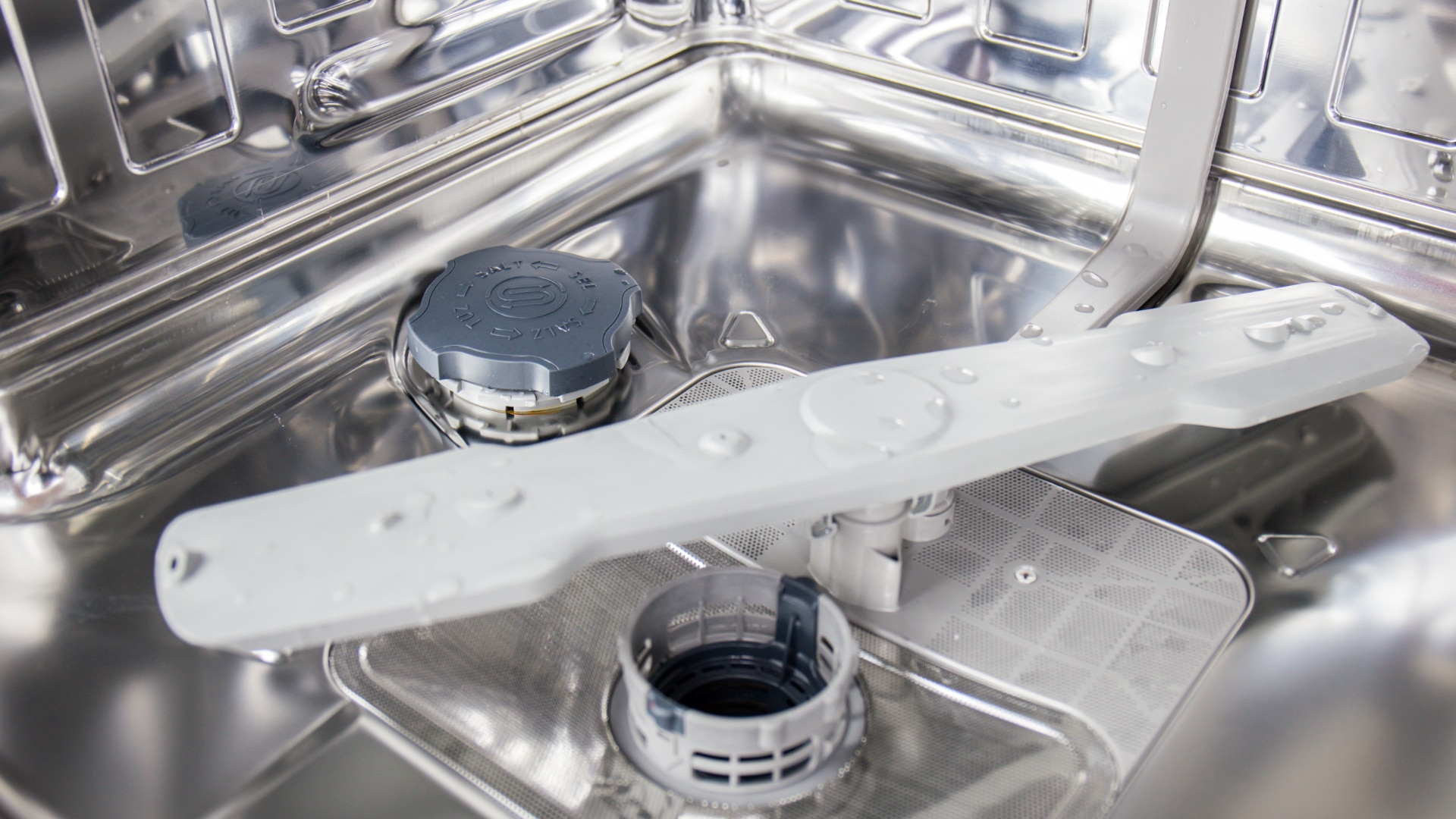
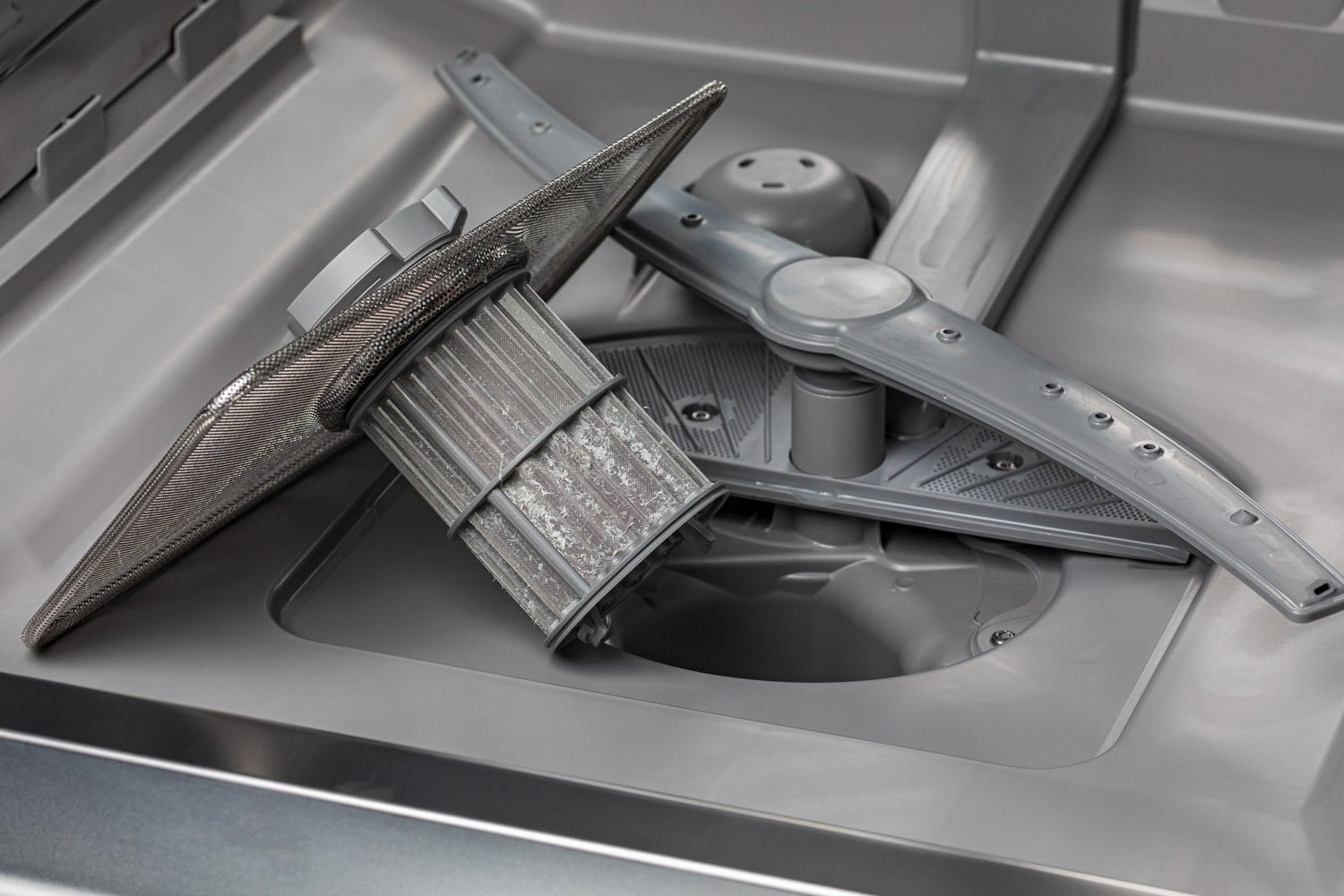
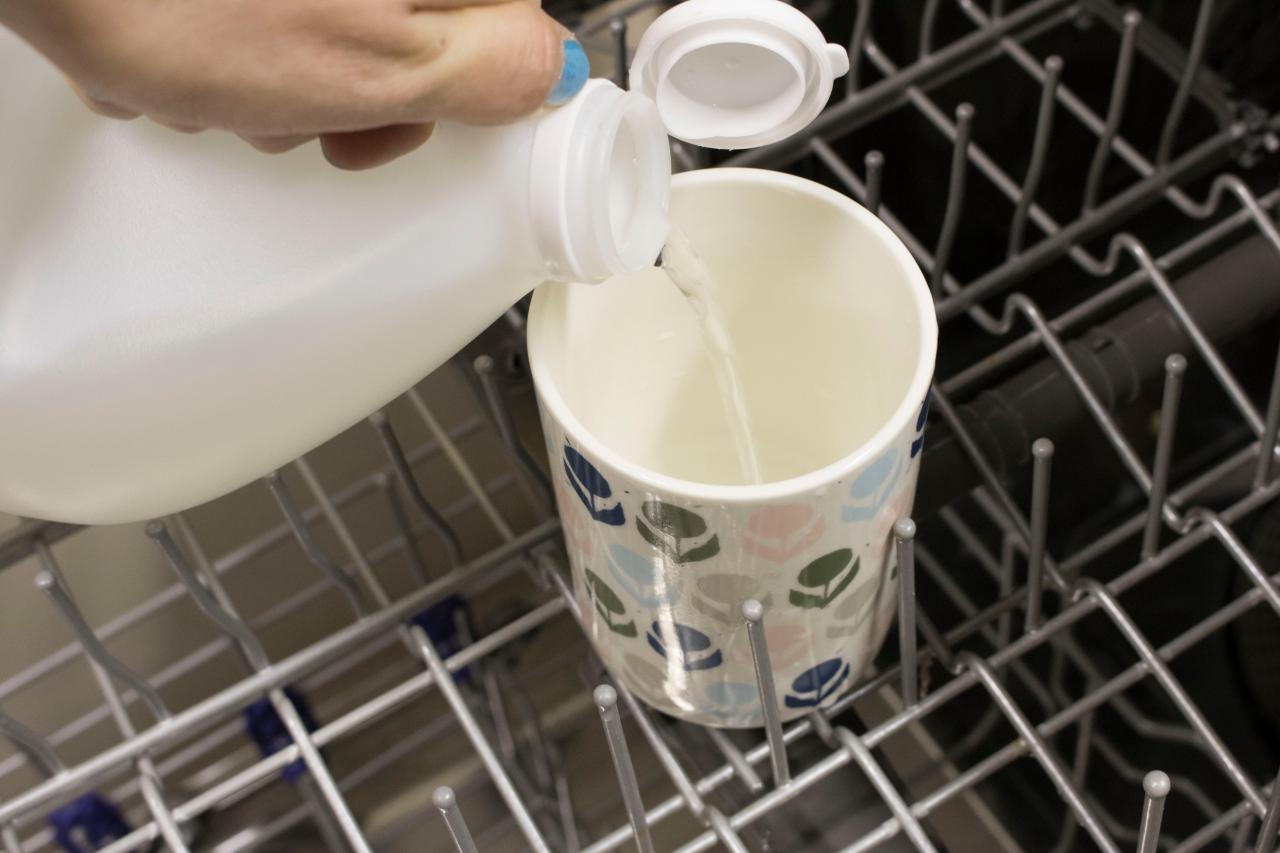
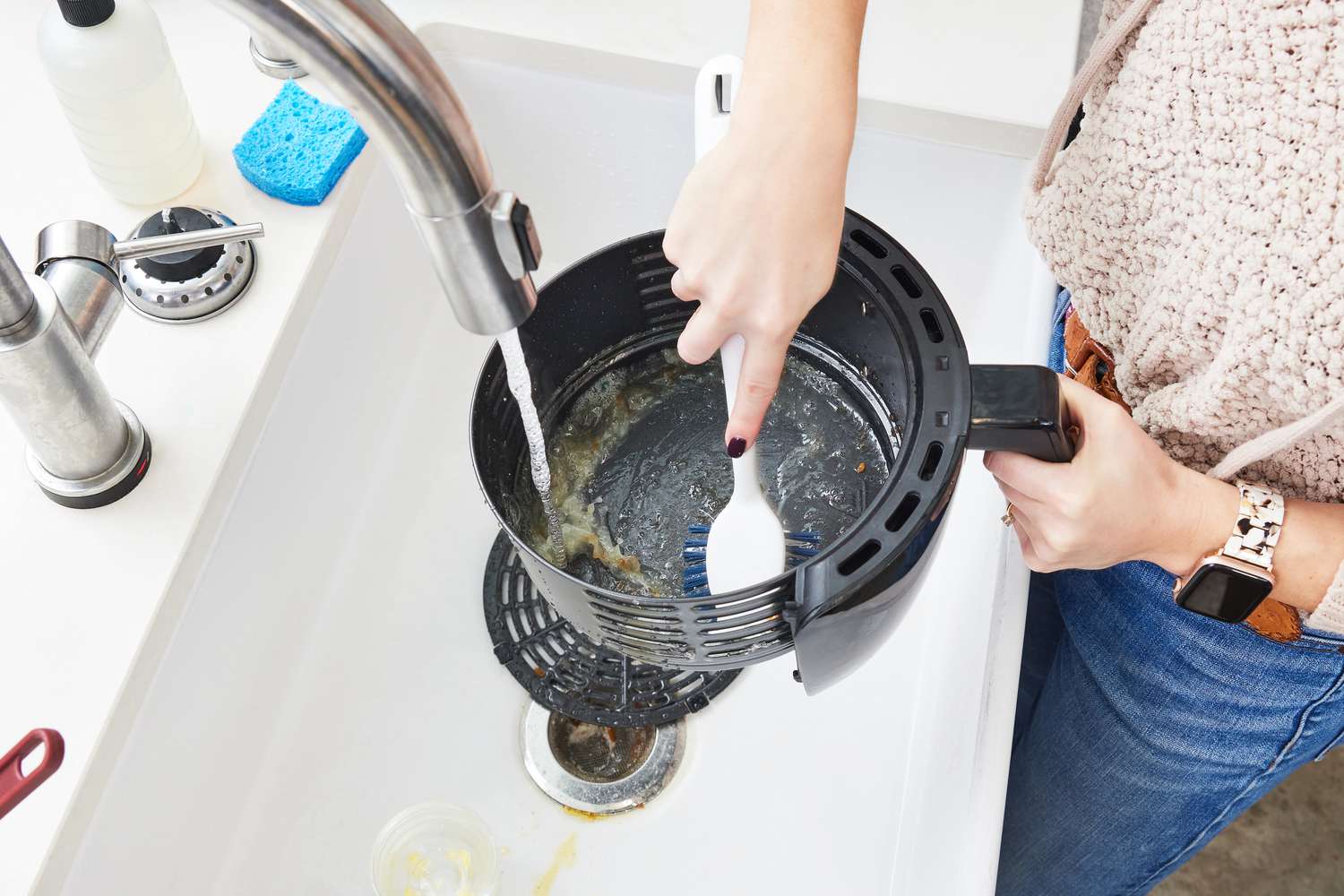
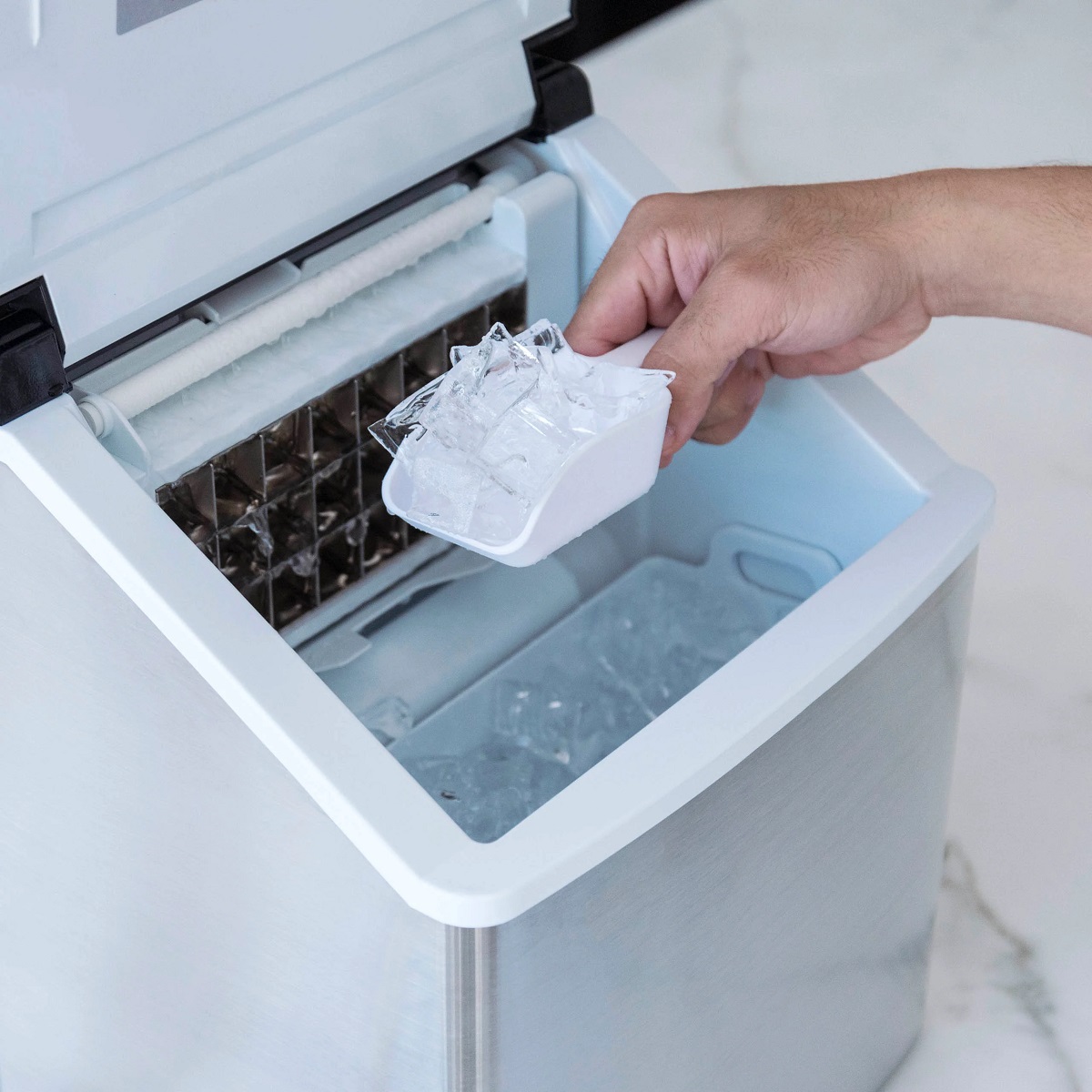

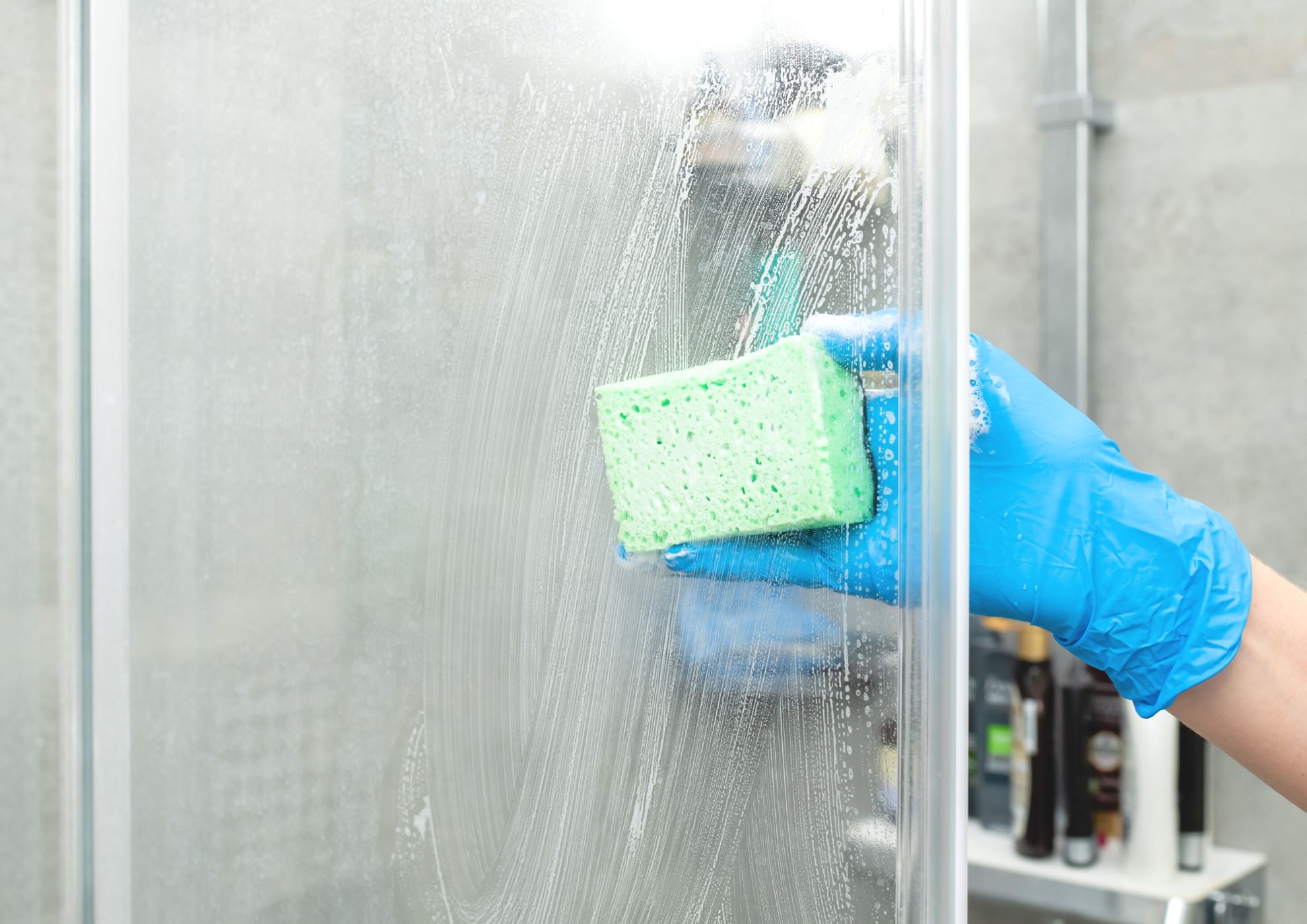
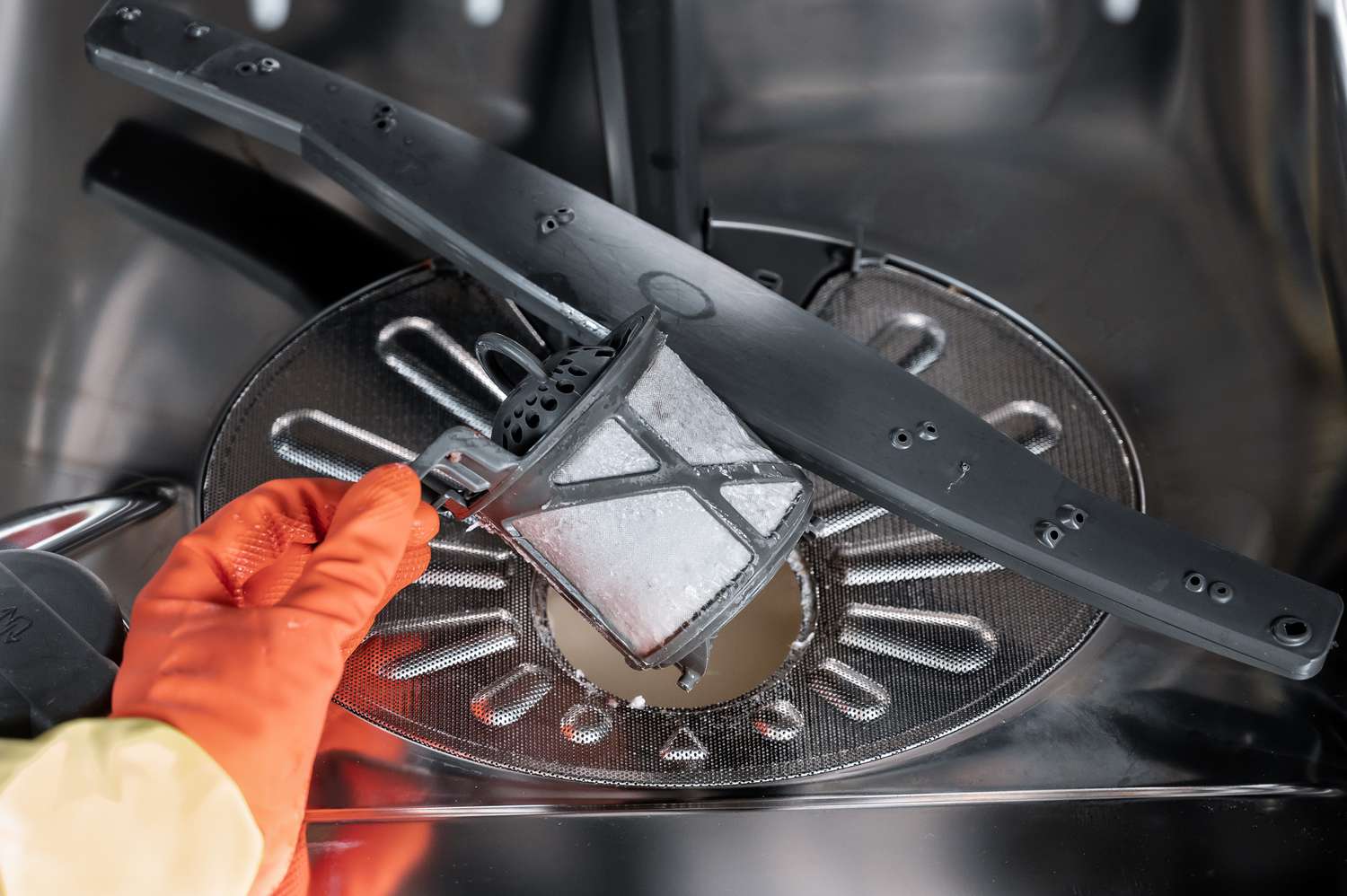
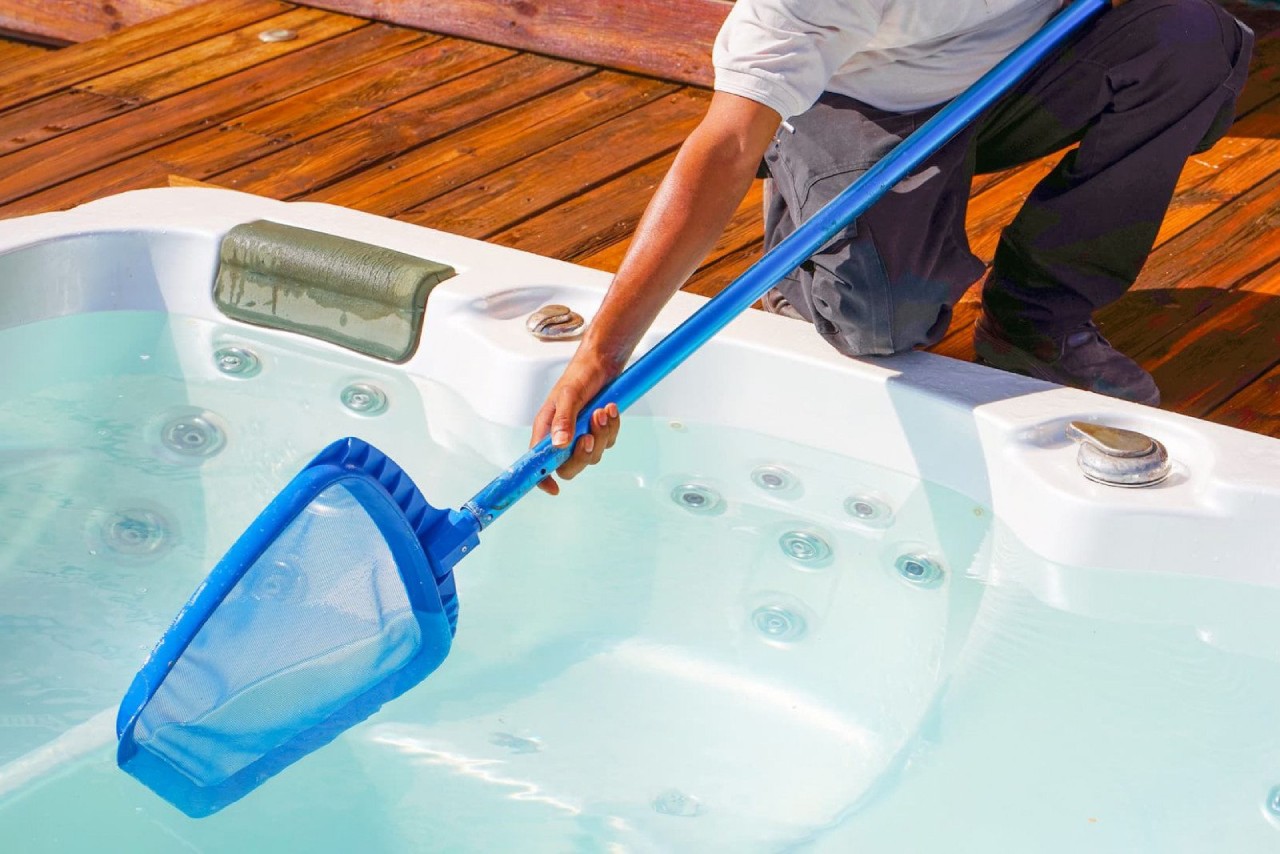
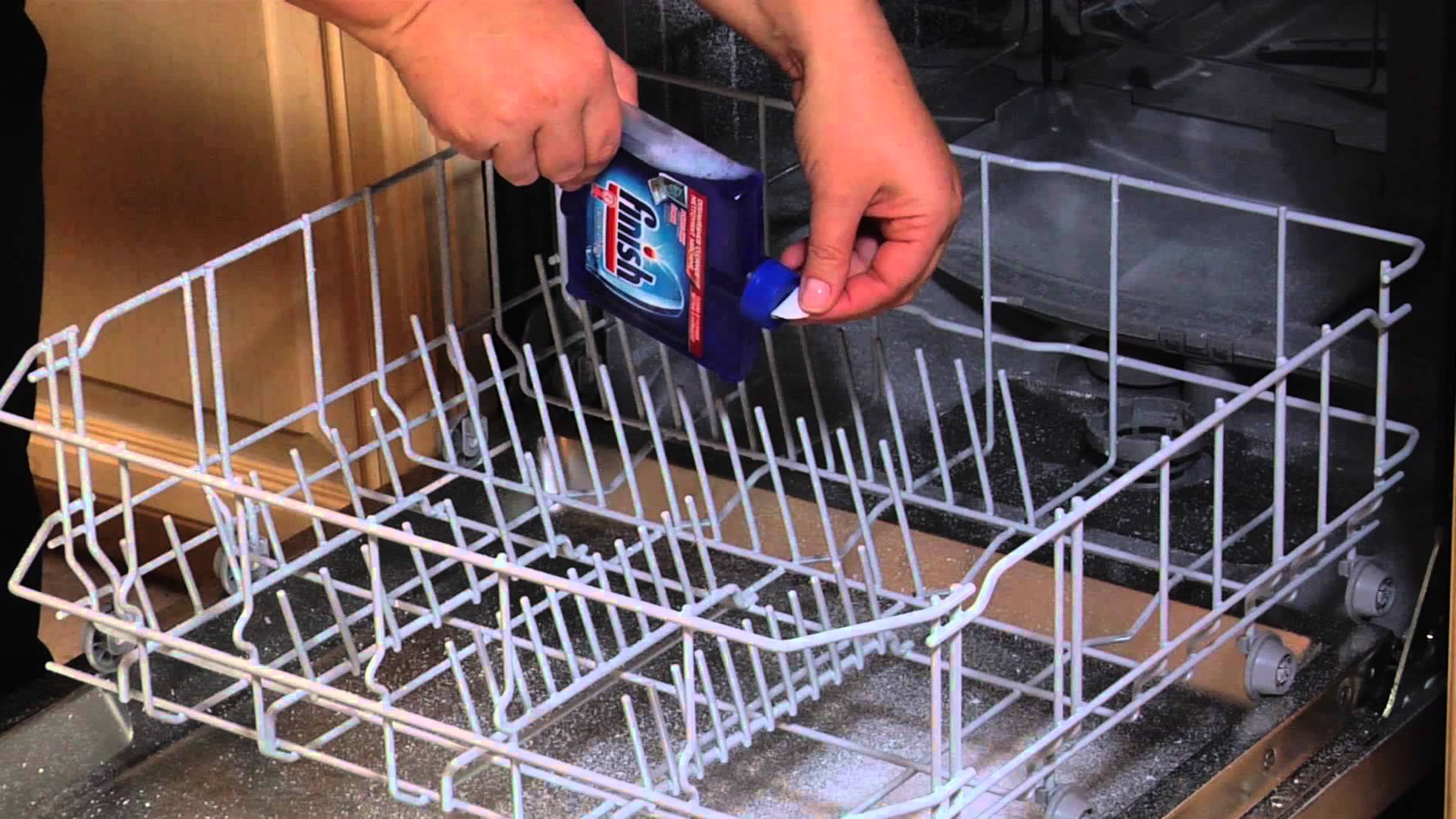
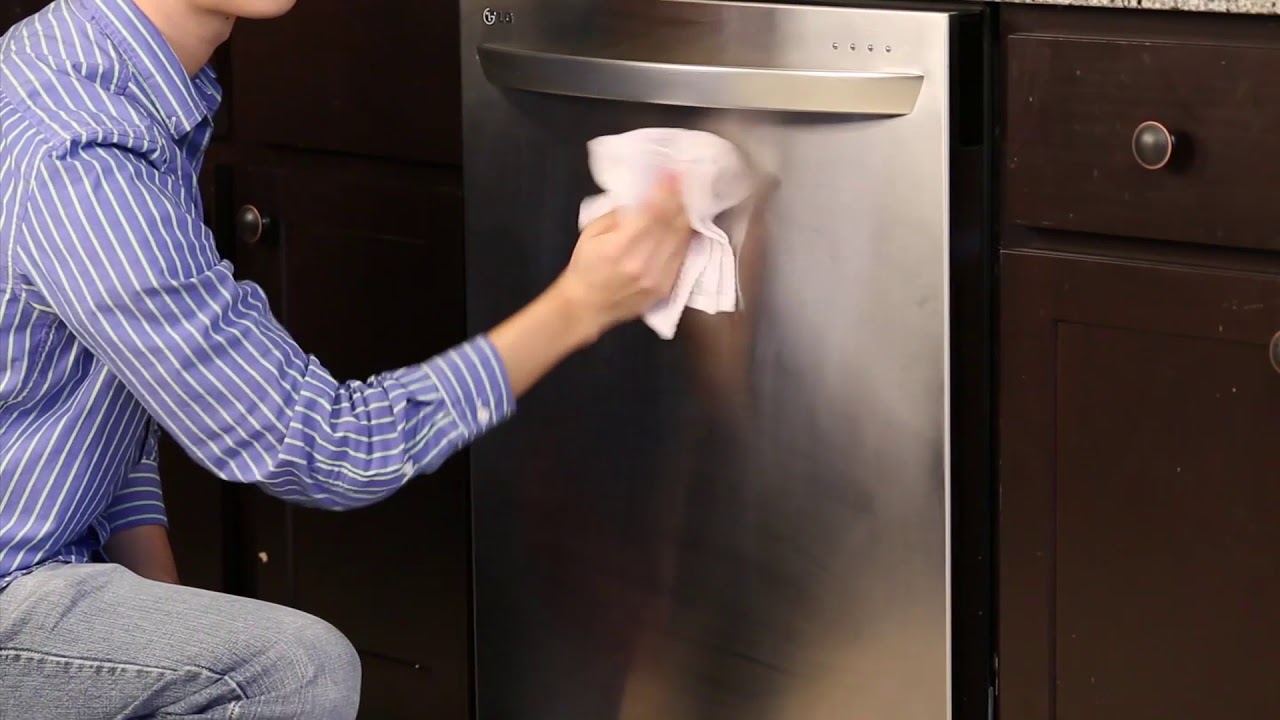
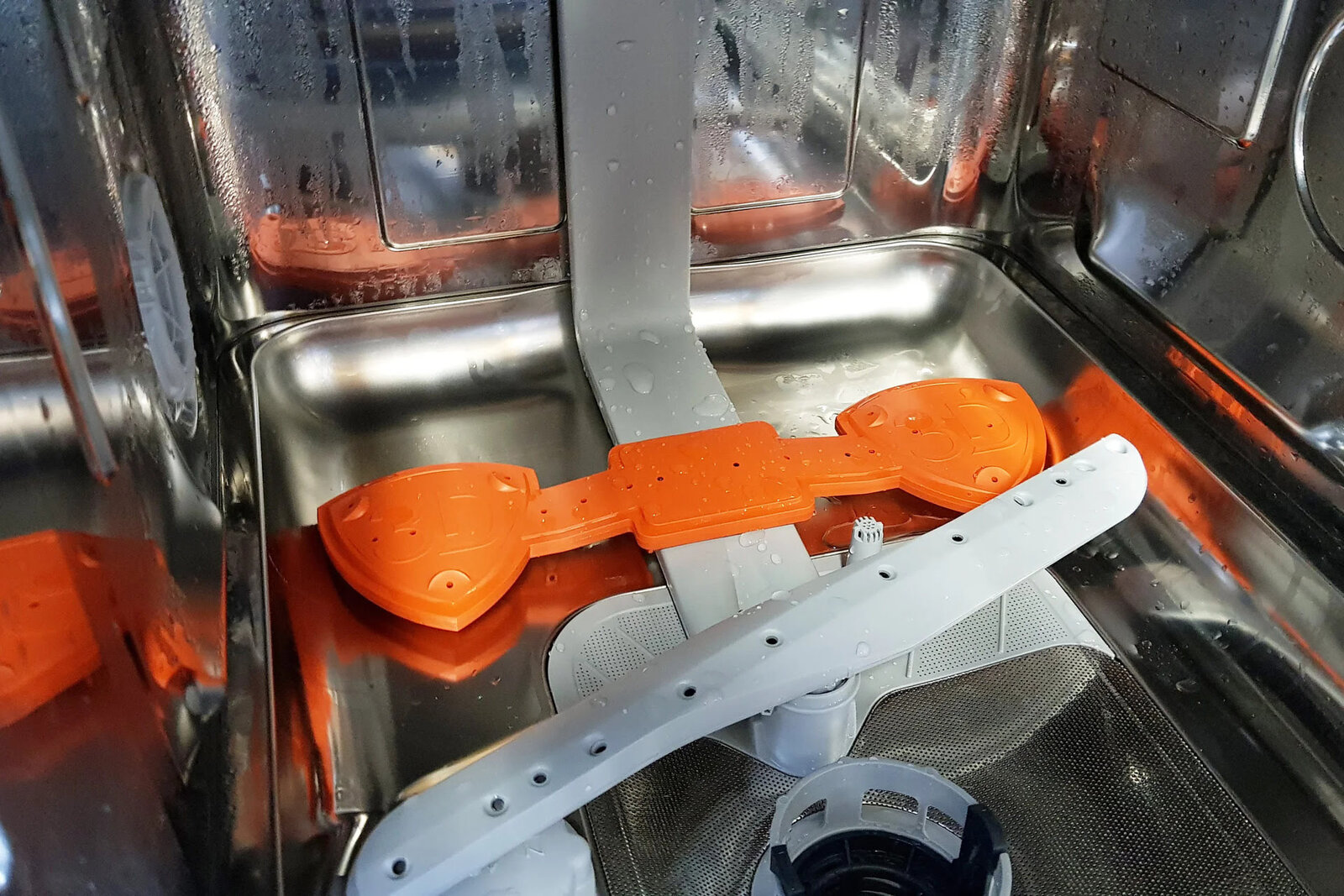
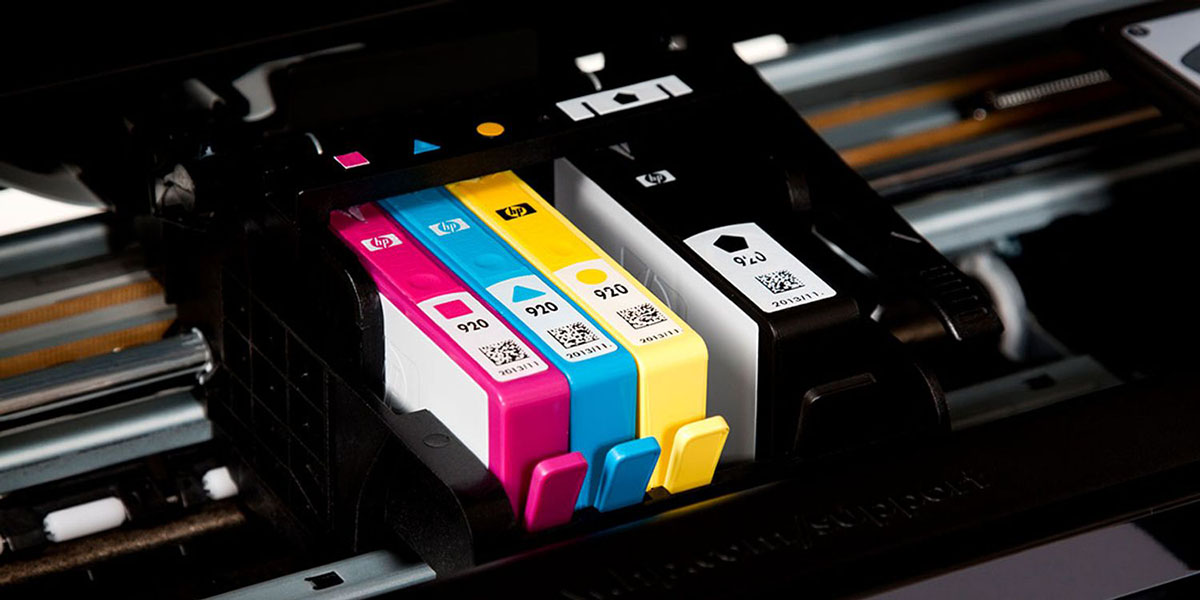

0 thoughts on “How Do I Clean The Dishwasher”